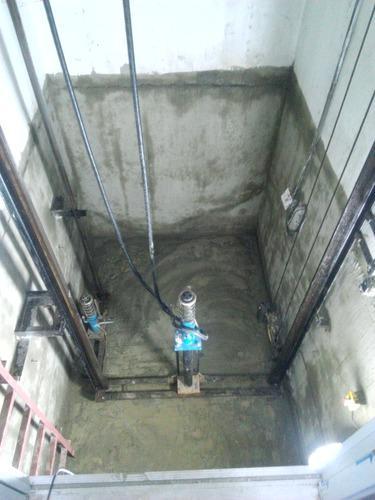Lift pits waterproofing is a crucial aspect of construction and maintenance in buildings with elevators. The lift pit is the area at the bottom of the elevator shaft where the lift car comes to rest. Since it is located below ground level, it is susceptible to water ingress, which can lead to various issues such as corrosion of elevator components, damage to the lift machinery, and potential safety hazards. Therefore, proper waterproofing is essential to protect the lift pit from water damage.
The waterproofing process typically involves the application of specialized materials and sealants to create a barrier that prevents water from seeping into the lift pit. Common methods include the use of liquid applied membranes, sheet membranes, and injection grouting. The choice of waterproofing method depends on factors such as the type of construction, the severity of water exposure, and the budget constraints. It is essential to conduct a thorough inspection of the lift pit and identify potential points of water entry before implementing the waterproofing solution.
Regular maintenance and periodic inspections are critical to ensure the effectiveness of lift pit waterproofing. Over time, wear and tear, as well as settling of the building, can compromise the integrity of the waterproofing system. Therefore, building owners and facility managers should prioritize ongoing monitoring and maintenance to address any issues promptly. By investing in quality lift pit waterproofing, building owners can extend the lifespan of their elevator system, minimize repair costs, and ensure the safety and reliability of vertical transportation within the building.
